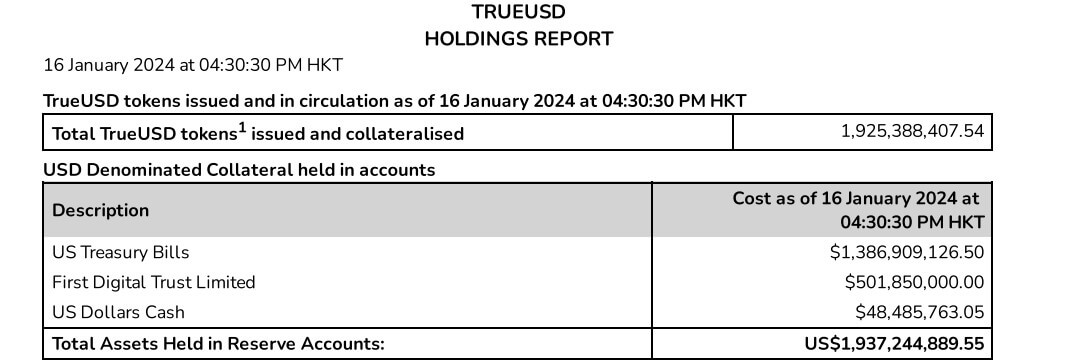Polkadot's new StorageHub parachain targets improved data storage efficiency
The network would be designed to serve as a public goods parachain, prioritizing larger data sets and file-based storage while upholding decentralization principles.
Web3 Foundation, developers of Polkadot, said:
“The essence of StorageHub lies in its ability to offer an efficient, decentralized storage option for web3 applications, enabling the storage of large files and data sets without compromising on decentralization principles.”
StorageHub development
The network would be designed to seamlessly integrate with all Polkadot and Kusama parachains while enabling interoperability via cross-chain messaging (XCM). Thus, users can interact with StorageHub directly or through the existing parachains.
The project unfolds in two distinct phases. The initial eight-month period focuses on foundational development, laying the groundwork for the platform. Subsequently, a four-month phase is dedicated to rigorous testing, auditing, and optimization, ensuring reliability and seamless integration of components.
Following the initial development phase, beta versions of StorageHub would be available to the public for testing and feedback.
Polkadot said this phased approach ensures thoroughness and reliability while laying a solid foundation for StorageHub’s deployment.
Decentralized storage
Decentralized data storage offers an alternative to centralized systems. It allows users to store, access, and share files in a distributed manner, thereby enhancing security, privacy, and scalability.
While centralized storage relies on a single server, decentralized storage spreads data across network nodes, removing the need for third-party data management.
According to CryptoSlate’s data, the sector has reached a market capitalization of $7.5 billion, with Filecoin and Arweave being the dominant blockchains.
Notably, the Binance-backed BNB chain is poised to enter the scene by developing BNB Greenfield, a decentralized storage system with smart contract integrations for Web3 applications.




